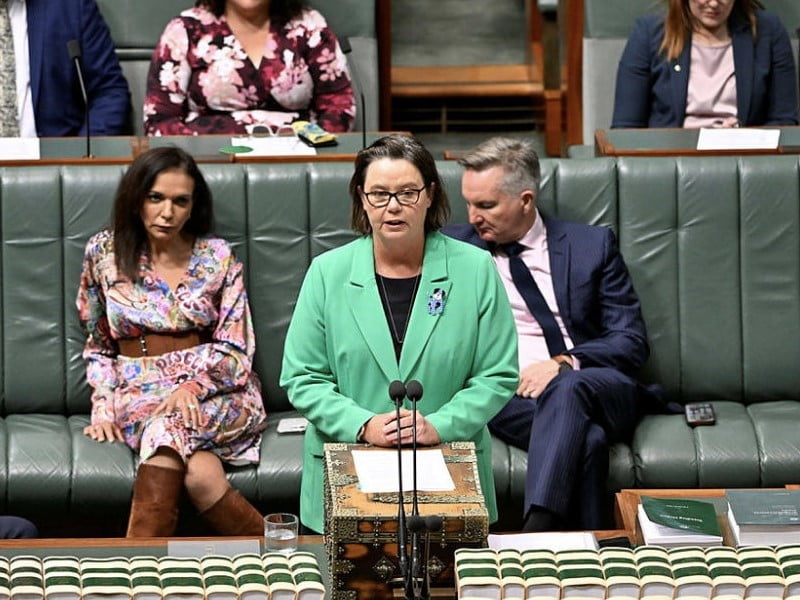Three research projects aimed at growing Australia’s critical minerals industry have been funded through the federal government’s Critical Minerals Research and Development Hub.
Resources minister Madeleine King announced $22 million in grants funding for the tranche two projects, to be led by hub members ANSTO, CSIRO and Geoscience Australia, on Monday.
The funding makes up almost half the $50.5 million committed to the Critical Minerals Research and Development Hub (R&D Hub) by the former Coalition government and funded by in the Albanese government’s 2022 Budget.
The program will run over the next three years and is intended to improve access to “knowledge, technology and IP on critical mineral extraction and processing” for Australian critical minerals producers, which includes the scaling and commercialisation of research.
The first tranche of projects are already underway having been funded in the October 2022 Budget. Tranche one funding will run until June 2026 meaning all expected R&D Hub funding has been committed.
First tranche projects include a criticality and opportunity assessment, which informed the update to Australia’s critical minerals list, as well as R&D on the production of high purity silica and high purity alumina.

ANSTO will receive the largest of the grants at $13.9 million to accelerate discovery, extraction, and processing of rare earth elements from lower grade deposits.
The government will also provide $5.2 million to CSIRO to develop IP and knowhow to support the production of high purity metals and materials for lithium, rare earths, tungsten ores, and refractory metals, which includes tungsten and molybdenum among other critical minerals.
The remaining $2.7 million will support Geoscience Australia research into domestic industry opportunities for critical minerals. In particular, it will focus on gallium, germanium, and indium, common by-products from the processing of primary commodities like bauxite and zinc.
All three agencies are expected to work closely with industry and universities on critical minerals research, as per the criteria for tranche two. Partner organisations will be determined during project implementation by each agency, according to a CSIRO spokesperson.
The announcement of funding under the R&D Hub comes less than a month after the federal government added five additional minerals to its critical minerals list.
Ms King said the new research project would support the federal government’s Critical Minerals Strategy 2023 and “ambition for Australia to be a global clean energy supplier”.
“The path to net zero by 2050 runs through Australia’s resources sector. The new research will help Australia further develop critical minerals and rare earths processes and encourage downstream processing to produce components for clean technologies,” Ms King said.
Applicants were initially expected to include an estimated reduction of environmental impact of the research project’s technology compared to conventional technologies in an end of project report. This requirement was later removed from the sample grant agreement as it was “determined to be out of the scope for the program”, according to GrantConnect.
The R&D hub was a part of a broader $250.5 million critical minerals support package announced under the former Coalition government’s Critical Minerals Strategy in the run up to the 2022 federal election.
Another component of the package — a $200 million Critical Minerals Accelerator — was effectively cut by $100 million in the Albanese government’s 2022 Budget when it was replaced by the $50 million Critical Minerals Development Program.
The Coalition had previously awarded $50 million in grants under the Accelerator initiative in a closed funding round, within a month of it being announced.
Editor’s note: This story has been updated to include additional information provided by CSIRO.
Do you know more? Contact James Riley via Email.

